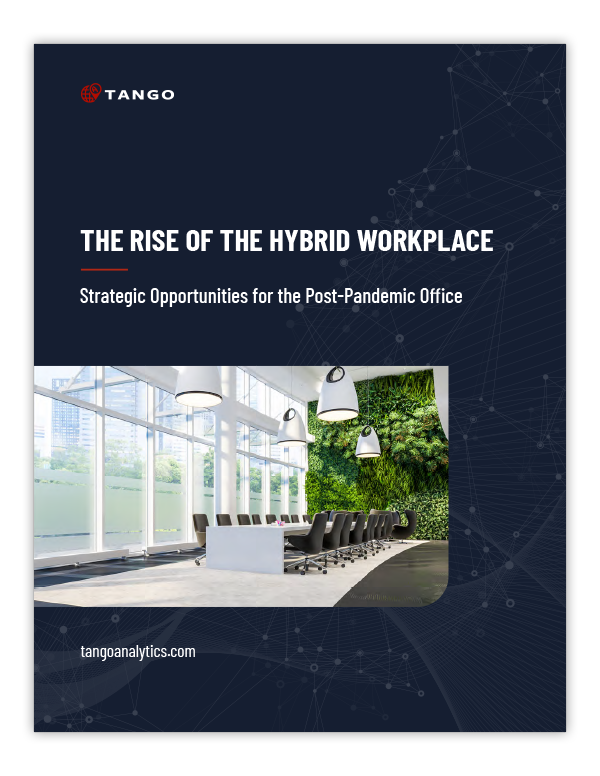Workforce Management: Managing and Resourcing Your Employees for Success
Workforce management is the process of overseeing a business or organization’s workforce in order to maximize performance and productivity. What began as an approach to time tracking and scheduling has expanded into an all-encompassing strategy for investing in employees and equipping them with the resources needed to carry out their jobs efficiently.
An efficient workforce management strategy ensures that your employees are where you need them when you need them. By investing in your employees and keeping them from being understaffed, you improve their satisfaction and increase productivity. And by preventing overstaffing, you avoid paying for wasted time when employees have nothing to do.
Workforce management also plays an important role in keeping your employees safe and keeping your organization compliant with federal and local employment laws.
Components of workforce management
Among other things, workforce management includes time and attendance tracking, scheduling, vacation planning, forecasting and budgeting, and compliance.
Time and attendance tracking
Tracking employees’ attendance and the times they clock in and out provides a baseline understanding of who you have available at any given time. It lets you see patterns in availability over time, and it reveals where there are gaps to be filled or problems to address.
Scheduling
Scheduling is ultimately about managing your supply of workers to meet the demand of work. Armed with the knowledge of your employees’ capacity and the volume of work you’re responsible for, you can schedule accordingly. Proper scheduling ensures that you always have the right amount of staff on hand. Too few, and you risk having your staff overwhelmed. Too many, and you risk paying for unnecessary hours when your staff has little to do.
Vacation and leave planning
Since your employees aren’t robots, they’ll need to take off from time to time, whether it be for vacation, sick leave, parental leave, bereavement, other forms of PTO, or unpaid time off. Their temporary unavailability will impact your scheduling options, so workforce management involves adjusting to your employees’ plans and actions. It should also inform your approval of specific times for vacation requests.
Forecasting and budgeting
Your staffing needs will likely change based on such factors as the time of year or different projects. Forecasting allows you to predict what those differing needs will be so you can plan to schedule appropriately. And where forecasting shows you what your staff needs will be, budgeting shows you how much staff you can afford. These factors together shape
Compliance tracking
As an employer, you’re subject to a number of federal, state, and local regulations that affect how you manage your employees and keep them safe. Depending on your business, you may also have to meet additional standards involving certifications, mandatory training, or union agreements. Failure to comply with any employee regulations can be costly, so compliance tracking plays a key role in workforce management.
How workforce management is changing
In the past few years, employee expectations about their working arrangements have changed dramatically, and businesses may need to adapt their workforce management strategies to keep up. With the widespread adoption of virtual workplaces and hybrid workplaces, many employees are now working remotely either some or all of the time, and they may not even have fixed schedules.
These increasingly popular models demand a different approach to workforce management, but they don’t eliminate the need for it. Mobile workforce management deals specifically with training and scheduling remote employees.
Depending on the type of work you do and the employees you want to attract and retain, you may feel mounting pressure to use a more flexible model. It’s worth evaluating which roles can be remote and how not allowing remote work could impact your hiring process or retention. COVID-19 forced many businesses to temporarily go remote, and every company has had to decide how to proceed now that employers and employees have already adapted and grown used to it.
Some employers have used screen tracking software and other technology to keep the same level of transparency they had with in-person workers. But for many organizations with remote workers, workforce management is shifting toward a broader focus on employee wellness and coordinating the supply of workers with the demand for work.
Is a hybrid model right for your workplace?
Thinking about managing a blend of remote and in-person employees? In our free ebook, The Rise of the Hybrid Workplace: Strategic Opportunities for the Post-Pandemic Office, we explore what sets this model apart, why businesses are increasingly relying on it, and how to decide if it’s a good fit for your organization.
